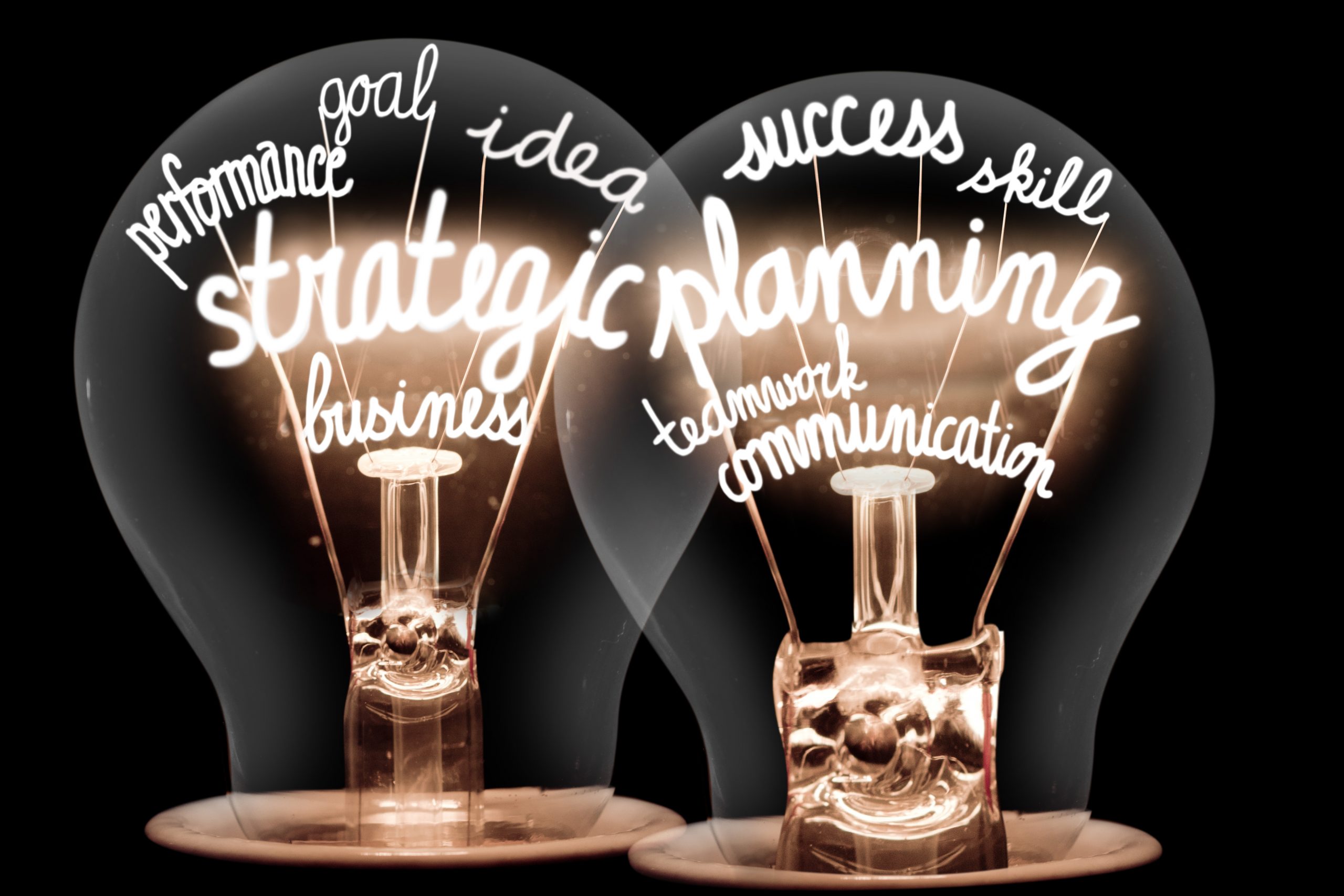Community planning requires strategic thinking. Search the web for the definition of strategic thinking and you become instantly overwhelmed with the “experts” in the field willing to sell you a book or newsletter.
A compilation of the definitions is simply “strategic thinking requires continually assessing and reviewing the business and applying new ideas and insights.”
Continuous assessment sounds simple and easy yet is often overlooked by communities and elected leaders. They have spent countless hours and funds on creating a planning document meant to lead them into the future. Yet these plans often gather dust.
To become a strategic city, writing the plan is only part of process. The true challenge for leadership is to think strategically, set regular review points, and honestly evaluate progress. This helps leadership celebrate the successes and more importantly, adjust or simply move on to the next steps. It also helps staff feel invested in the outcomes and builds confidence in the eyes of the public.
So, how do we do think strategically?
Research and learn. Look at what your peers are doing – and not just peers in your immediate region. Utilize common networks and peer organizations. Ask how they were successful or alternatively, what they learned in their failure. Why did the community reject the sales tax initiative? How did social media play in the communities understanding of the emergency? Did all the departments/leadership back the new idea? Utilize the lessons learned and avoid some of the simple mistakes.
Second, build a plan that can be fluid. The strategic plan is meant to be flexible and allow for adjustments, not an end-all document. Research and set a roadmap of where the community should be but be willing to adjust the “materials” you use to build pathways based on the economics, change in profile or demographics. Make the meat of the plan short and sweet so it can be easily accessed through multiple channels (digital or hard copy). If it is accessible, engagement increases. The key is to review the plan on a regular basis and make those adjustments to meet the new needs or new infrastructure or economic demands.
Third, be realistic in the resources that will be required to meet your goals. Does the community want a new facility but is not willing to take additional debt? Will others be willing to lead the charge for new infrastructure or will this fall back on the same people or staff? Communicate the plan with the constituents throughout the process allowing a majority of the citizens to understand the limits and ask for help or champions to support the changes. Strategic and frequent communication throughout the planning process creates an end product that citizens understand the limits and potential for the future.
Strategic thinking is not only a process that creates a better work and community, it can benefit personal growth. Take time to challenge what you think you know. Explore new or contradictory ideas, stretch your food palate and order something interesting. Take time to reflect on what you learned today and how you can take the next steps, both personally and professionally.

